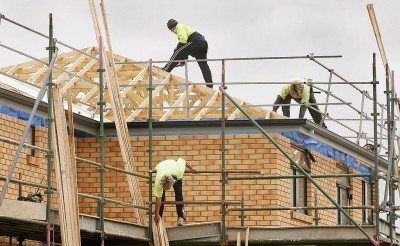By Jane Salmon, voluntary refugee advocate for over 11 years.
Introduction:
The facts are obvious.
As Senator Meereen Faruqi has written, this Bill would:
- Create a travel ban on certain countries (it is not clear which ones).
- Send people to jail for at least 1 year if they don’t cooperate with the Government in their own removal to a country they fled.
- Allow any Immigration Minister to overturn visas of refugees who have already been provided protection.
It may also fracture families further.
Immigration matters are growing ever more complex. It’s not like there is going to be a reduction in people fleeing wars any time soon. Stop-gap, kneejerk, partial, piecemeal or reactive solutions are inadequate.
Mechanisms are missing. The Administrative Appeals Tribunal and the Immigration Administration Authority are not fully operational at this time. The Administrative Review Tribunal or ART intended to replace AAT is not yet up and running.
The whole Immigration system needs a comprehensive independent review before other measures are put in place.
Global and domestic Immigration challenges took time to evolve. They require commensurately comprehensive, integrated and detailed solutions.
Immigration decisions must not be based on discrimination, the clumping of individuals together by nationality or arrival mode.
There is a tendency by Governments and voters to scapegoat vulnerable immigrants for economic challenges arising from poor domestic policy or planning. They must be protected from this.
A few criminals seeking protection are no excuse for taking measures that risk treating all refugees harshly.
Governments and political trends change. We cannot trust that the legislation will always be applied in a benign, consistent or reasonable way.
Overall, Department of Immigration needs to replace unaccountable, vague or generalised processing mechanisms. The solutions are broader still than a catch-all Bill that extends Ministerial power without delivering reciprocal responsibility.
Five-year jail terms followed by fines and/or forced deportation for deportation refuseniks is excessive.
Double or triple jeopardy for law breakers (in the form of indefinite detention after a court prescribed sentence and deportation) already discriminates against non-citizens harshly. They’ve already done their sentence time.
“Fast Track” is not fast. Its victims have been through legal ordeals for a decade or more. They paid tax and lawyers while living with uncertainty and while being separated from other relatives. How about an amnesty?
This Migration Act Amendment Bill 2024 exposes systematic problems. It presents the Senate with the opportunity to require higher standards of the Immigration Department while also protecting human rights.
Meanwhile, in Melbourne …
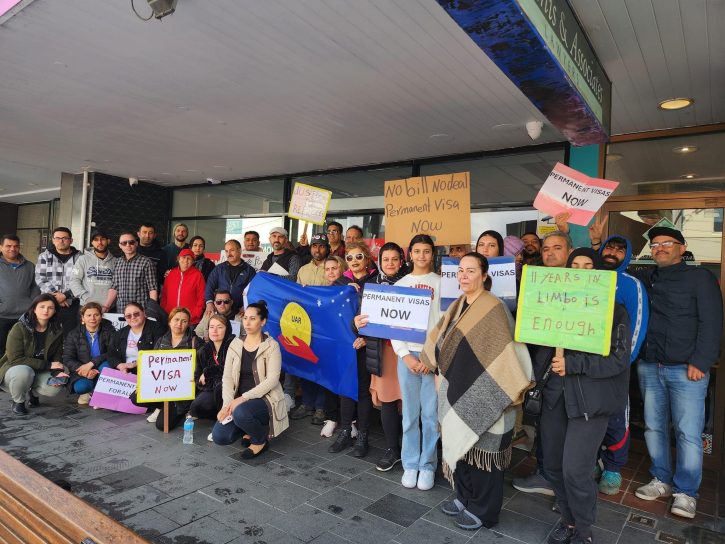
On 11 April 2024 Kalyani Inpakumar, represented the Tamil Refugee Council, participated in a crucial discussion addressing the Migration Legislation (Removal and other Measures) Bill 2024.
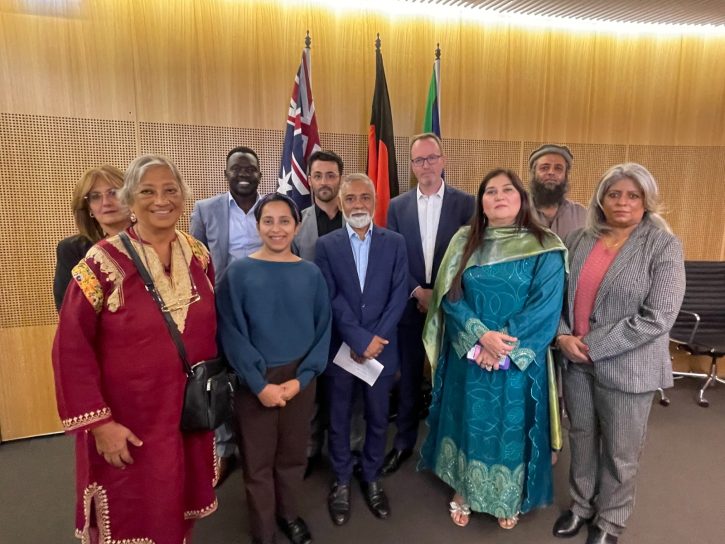
Main Argument:
The 2024 Migration Amendment Bill is Risky Yet Fixes Too Little
The Immigration system is already quite arbitrary and a bit of a patchwork.
The Bill is general and sweeping. It might catch out folk who have done their best to stay within the rules.
It would be cruel to tell the most tenacious and their offspring to push off and take their problems elsewhere after over a decade of putting them through the wringer in court after court. They’ve adapted. They studied. They’ve worked. They’ve paid lawyers. We need an amnesty for these people.
Sometimes the most stubborn people are the most afraid. They are not economic migrants seeking a shortcut. How do we distinguish between them?
Golden Ticket Migration is Unfair
A mature nation addresses inequity rather than scapegoating poorer groups and building up elites.
Wellbeing arises from equal opportunity, not class division. This applies to refugees and migrants too.
We’re better than this. The “Fair Go” should start (or stops) at the Australian border.
Certainly, working within the Department of Immigration is hard. People keep coming. Few of the arrivals fully understand the situation they’re in. (There are quite a few faux refugees that can be annoying or worse. Folk fly in on student visas, accept front line jobs and then apply for protection. Criminals need rehabilitating regardless of background. If you truly fear death, don’t take a holiday back home).
Arbitrary Rulings Are Not Fair
Cabinet Ministers occasionally intervene to let iconic families through to Permanent Residency. This seems arbitrary when Government ignores the majority that arrived the same way under similar circumstances and demonstrate the same love of Australia in their commitment to local community. Precedents are not consistently recognised or followed through.
Missing Mechanisms
The Administrative Review Tribunal or ART is not yet up and running. It is intended to replace the AAT:
“On 7 December 2023, the Australian Government introduced legislation which will abolish the Administrative Appeals Tribunal (AAT) and replace it with a new body called the Administrative Review Tribunal (ART).
“All cases currently before the AAT will continue. Many cases currently before the AAT will be decided or finalised before the AAT is abolished. All decisions made by the AAT will remain valid and final.
Once the new body is established, any remaining cases will transition to the new body. If you have applied to the AAT for review of a decision and your case is transitioned to the new body, you will not need to submit a new application for review to the body.”
Why care?
When human rights shrink, human authenticity becomes less safe. The happiest nations are the fairest and most equitable. Or so studies tell us.
Second generation children should not be punished lifelong for sub-optimal choices made by their parents.
What Emergency?
Iranian activist Arad Nik, who is grateful to have Permanent Residency already, says:
“We unite with a single voice, calling on politicians to halt the impending Migration Amendment Bill 2024, slated for next month. This bill, in its current form, threatens the fabric of compassion and understanding in our immigration system.”
Mr Nik adds:
“The Bill is being touted as a solution to a false emergency. It implies that all people seeking protection visas are gaming a broken application mechanism. If that were so, most would have given up after twelve hard years.”
This sudden Bill does not fix problems that have been around for decades. It papers over 20-year-old failings of previous governments. It punishes applicants for gaps in the refugee admissions process.
It certainly doesn’t deal with the individuals left behind simply because a harried lawyer missed an appointment.
The Bill is far reaching. It’ll certainly give the Minister power to toss away the few bad apples (to who knows where). But what of innocents caught in the same mess?
With notable exceptions, the politicians and public servants who have bumbled and bungled their way through decisions (for which they are not held accountable) still collect salaries and pensions. Improving accountability will help everyone.
The only “emergency” is the potential for further Government embarrassment in the High Court. Measured, comprehensive, far-sighted and mature responses are needed. Media and politicians should be challenged over their part in exacerbating such drama.
What is really at stake? Only our nation’s future.
Kids of blocked asylum seekers are punished for parental decisions. Kids of blocked asylum seekers end up in a form of purgatory. It is hard on developing minds.
They work hard to learn in a new language. They see their ambitious school peers go on to uni but they generally cannot afford the international fees they would be charged if they manage to qualify.
On Thursday 11 April 2024, some overlooked children of people lacking permanent resident status spoke up outside the Home Affairs Minister’s Oakleigh electoral office, seeking “A Fair Go”.
These vibrant young folk are brimming with potential and want tertiary study opportunities: not dead ends. Few get scholarships if their visa status is tenuous.
Australian high schools have raised a group of young people capable of becoming doctors, but then we deny them affordable access to university. Blocking their ability is not good for them. Nor is it efficient for the nation and education system that helped raise them to adulthood.
More video interviews are available.
Challenges in Assessing Individual Circumstances
It is hard to assess all the variables from behind a desk, yet that is what we ask Immigration staff to do. We do not necessarily hold them to account for those choices either.
Are they adequately trained to preside over life and death decisions? This is not like getting a development application or a pet permit.
How do we measure the risk to individuals?
We are aware of nations with the death penalty for homosexuality, but what of unofficial penalties in apparently more relaxed countries. When honour killing is a practice only applied by some religious groups or families, who gets to decide what the real risk is?
What if your close relatives demanded your death after a marital conflict?
What if you had to jump your back fence in the middle of the night to escape the same armed raiders who threatened and then murdered your father and brother?
How do you retrieve and preserve evidence of those threats? You are not a documentarist in that moment, but a fugitive. Perhaps you a really nice one. But no one knows or cares.
How do asylum seekers present evidence when phones are filtered, removed, damaged (let alone replaced with more basic models as they are on Nauru).
Case Studies
Some refugees I meet make a lasting positive impression. They’re not always the most charming, slick or talented of their cohort, but they are the ones that have struggled on heroically, maintained positivity. They dream of short, regular reunions with whatever is left of their families.
They’ve ignored most “othering” and gotten on with work, volunteering and contributing tax. They’ve studied to improve their employability: even when higher education costs them the earth. They’ve dealt with cultural and language transitions while relatives are threatened back home. They do not receive the supports that full citizens of Australia take for granted. They must live from visa to visa or one paperwork hiccup to the next.
Case 1:
There is the bright Iranian mum running a business while she hoists and helps her lovely son with cerebral palsy and an IT qualification. Her back aches. The family is denied NDIS. She helped her daughter afford international uni fees for a Masters in radiography by running a pizza shop. Yet she pays the same tax as any Aussie. She does online training and keeps on keeping on. She has done it harder than most, but also acknowledges the struggles of other young non-disabled migrant kids coming to the end of secondary education. She’s still got empathy.
Case 2:
There is the sweet, sad chap whose lawyer didn’t show up at court. He has no visa. His mates from the same region were granted Permanent Residency in court that very day. They just picked a different lawyer. They are a strong group, and he lives by their charity while volunteering; but where will the Bill leave him? He has been failed by Fast Track. Some immediate family members were recently killed back in his province. Officially, his nation is not at war. In practice, his ethnicity, regional politics, religion and family history make it hard to stay alive there. His minority status means he doesn’t get the chance to move to a distant capital. Nor do his qualifications seem to help his situation.
A Ministerial Intervention application is his only hope, but will the Minister even get time to read it?
Case 3:
Medevacced Kurds from Manus are in a similar position. They are discriminated against by their country. And that is a nation that will not accept repatriation. Why should industrious and creative individuals be punished for international diplomatic failures or their mode of arrival across decades. When is enough?
Gentle Tamils and Rohingyans have also suffered offshore.
Case 4:
All the young adults who grew up here without the comfort or rights that accompany permanent residency. They cannot afford international tertiary fees for tertiary courses. They have earned the marks but cannot readily raise the fees while undertaking demanding study. Indeed, we are literally missing out on doctors.
Alex, age 20:
“I have lived in Australia for 10 years. Since completing year 12, I have completed a Diploma in Construction. I want to go on to do a degree in Construction Project Management. My teachers were keen to organise a scholarship for me. However, I can’t do this now, as I got a letter from Home Affairs in December last year to say my visa has changed, and I no longer have study rights.”
“My younger brother is doing Year 12 this year. He wants to study sports science, but now he does not have study rights, he won’t be able to enrol in University. So now he’s starting to lose interest in school.” (Source: ASRC).
Where Does Australia Start or End?
Oversimplifications like the fear-based “sovereign borders” doctrine will not stem the arrival of people trying to flee crowded and squalid refugee camps. We need to extend and improve regional processing.
Using Nauru as an offshore centre paid for (but not run by) Australian Government seems convoluted. We need to protect workers and detainees under Australian laws rather than play shell games with an ever-changing array of contractors.
More and Better Regional Processing Centres May Slow Boats
How do people get here when they are already on the run?
Process people nearer the source of crisis.
Orderly, secure assessment for Immigration intake requires calm queues at checkpoint where individuals can recover, study intake rules and then pull together and translate their case data.
There are instead overcrowded, squalid refugee camps like Cox’s Bazaar where disease, floods, fire, hurricane, bad sanitation and inadequate power make every single week even more arduous for Rohingyans fleeing massacre in Myanmar.
There is a long wait for UNHCR recognition there or in Malaysia and Indonesia.
An Amnesty for Fast Track Victims is essential.
“Fast Track” is broken and slow. They got cursory assessments. The remaining “Fast Track arrivals” who have floundered through several courts across a decade need to be allowed to stay, not punished further. They are already working and adapting. Living in perpetual flux is damaging. Noone can afford so much litigation. There are only around 10,000 of them. It is hardly an inundation.
Policies influenced by international trends in handling refugees or national security need to be reviewed for objectivity.
An amnesty for those who were Medevacced here from offshore will not start boats. In fact, the boats never completely stopped. Many vessels are turned back. Moreover, planes bring many more people daily.
Accountability in Detention:
Offshore detention on Nauru entails management proxies free from press or impartial police scrutiny. The previous iteration of detention on Nauru offered health care that was substandard, conditions that were squalid, minimal protection and justice that was absent. Now we learn that even access to family WhatsApp chats and online human rights information is filtered.
We need transparency and accountability offshore or to accept and manage our responsibilities onshore.
Our nation is not looking good here.
Even Labor Party members and donors are dismayed.
No doubt refugees vote and donate across the political spectrum.
Can the Senate Rescue Government From Itself?
Overall, individual human rights are needed more than ever.
The Senate has an important opportunity to prove its worth. If Senators of all parties send the Bill back for redrafting, all sorts of vulnerable Australians may well thank them for that invention across years to come.
It’s not just a flex. It is a necessity. We have been failed by the two-party system. Labor has no courage. The Leader of the Opposition is not motivated to clear up a mess over which he presided. It is easier to scapegoat migrants for challenging situations. There is no “emergency”.
Conclusion:
It is time to try to replace the entire Migration Act after a detailed independent immigration policy review that is more mature and collaborative, not reactive.
Please reject this Bill. Please demand better. It is time to care.
Like what we do at The AIMN?
You’ll like it even more knowing that your donation will help us to keep up the good fight.
Chuck in a few bucks and see just how far it goes!
Your contribution to help with the running costs of this site will be gratefully accepted.
You can donate through PayPal or credit card via the button below, or donate via bank transfer: BSB: 062500; A/c no: 10495969

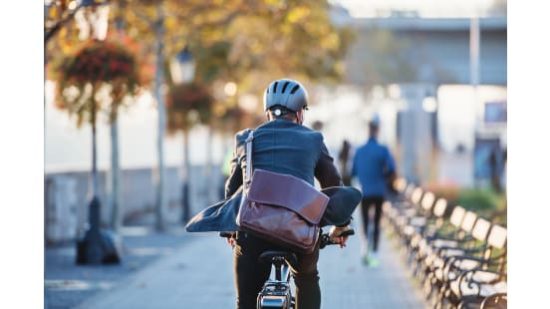












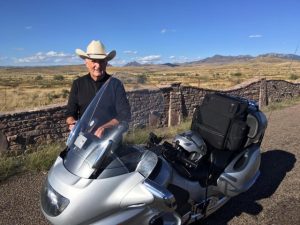

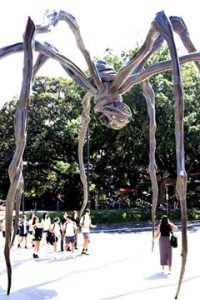

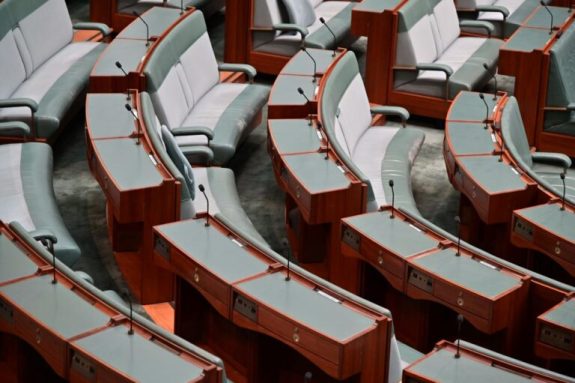
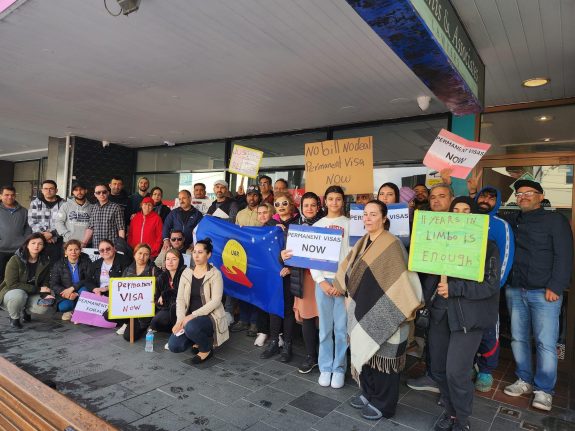


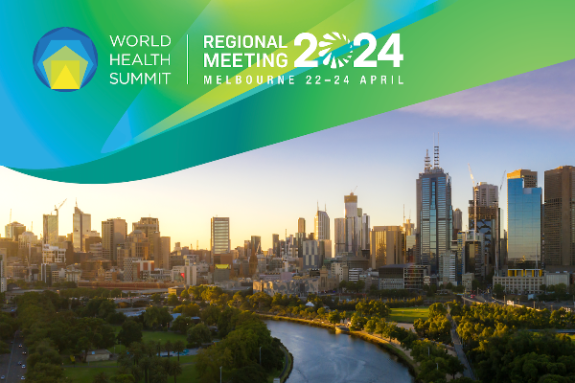
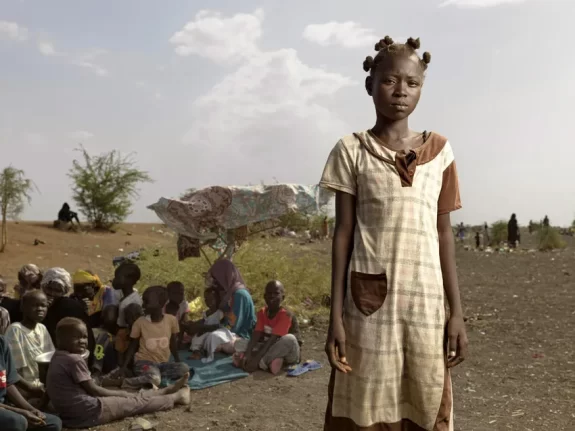

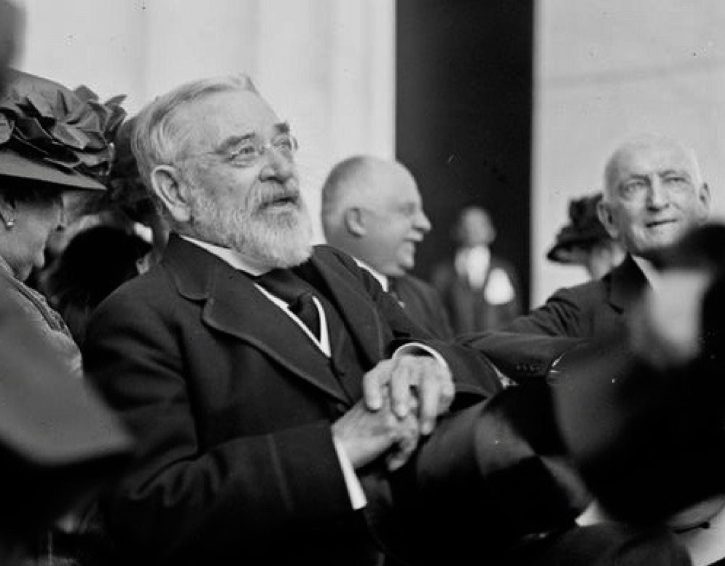
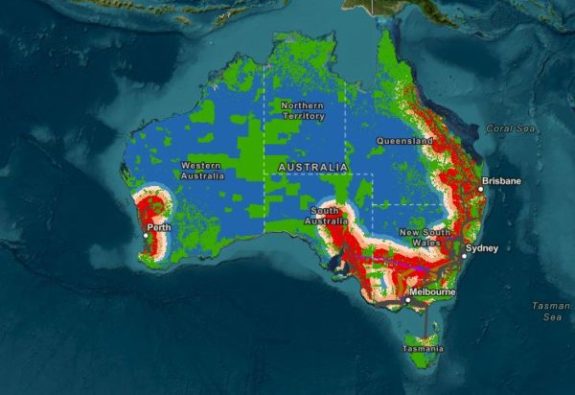

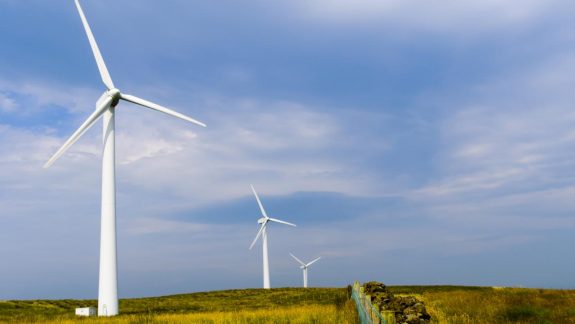
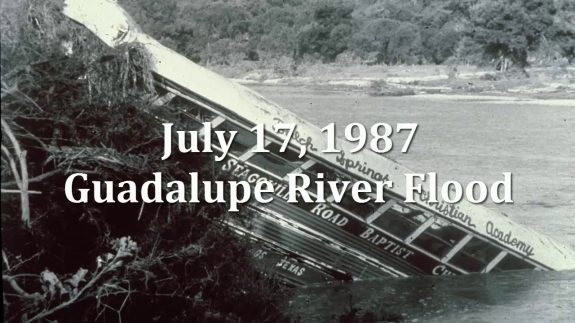
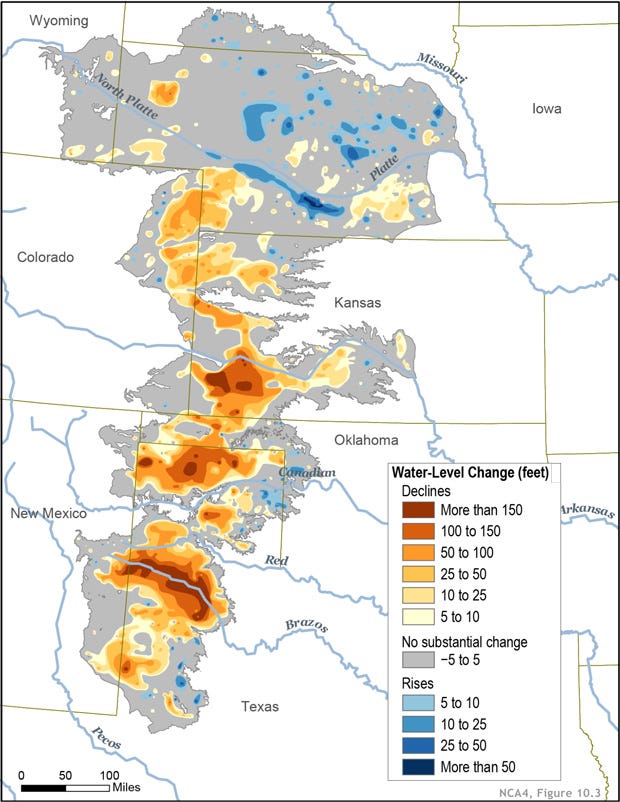

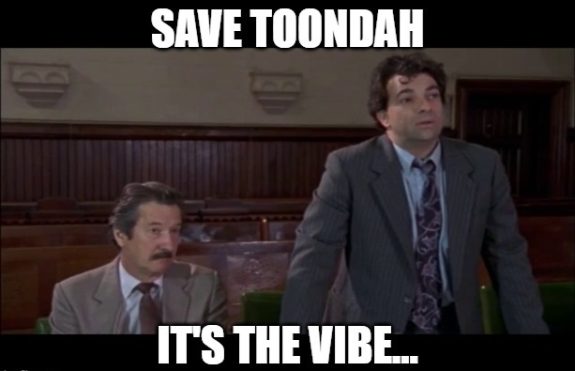
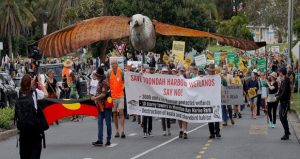
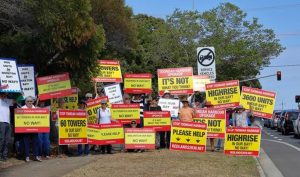





 Callen Sorensen Karklis, Bachelor of Government and International Relations.
Callen Sorensen Karklis, Bachelor of Government and International Relations.